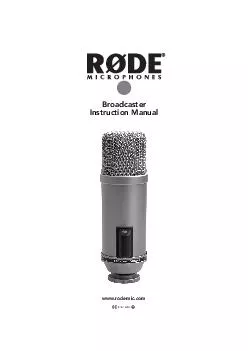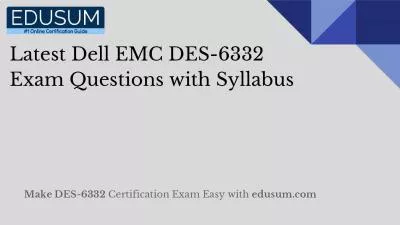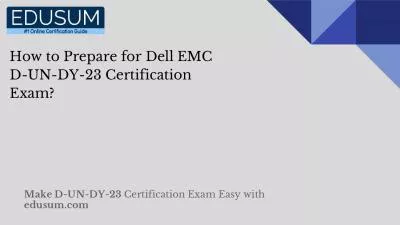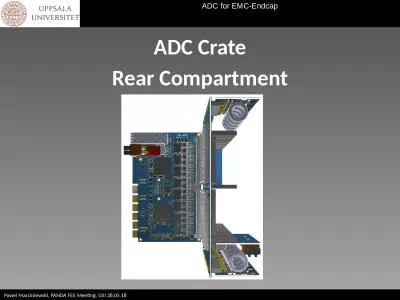PDF-EMC LVD Broadcaster Instruction Manual www
Author : faustina-dinatale | Published Date : 2015-02-27
rodemiccom brPage 2br 2 Introduction We at would like to thank you and congratulate you on investing in the Broadcaster Like its name suggests this microphone was
Presentation Embed Code
Download Presentation
Download Presentation The PPT/PDF document "EMC LVD Broadcaster Instruction Manual w..." is the property of its rightful owner. Permission is granted to download and print the materials on this website for personal, non-commercial use only, and to display it on your personal computer provided you do not modify the materials and that you retain all copyright notices contained in the materials. By downloading content from our website, you accept the terms of this agreement.
EMC LVD Broadcaster Instruction Manual www: Transcript
Download Rules Of Document
"EMC LVD Broadcaster Instruction Manual www"The content belongs to its owner. You may download and print it for personal use, without modification, and keep all copyright notices. By downloading, you agree to these terms.
Related Documents














